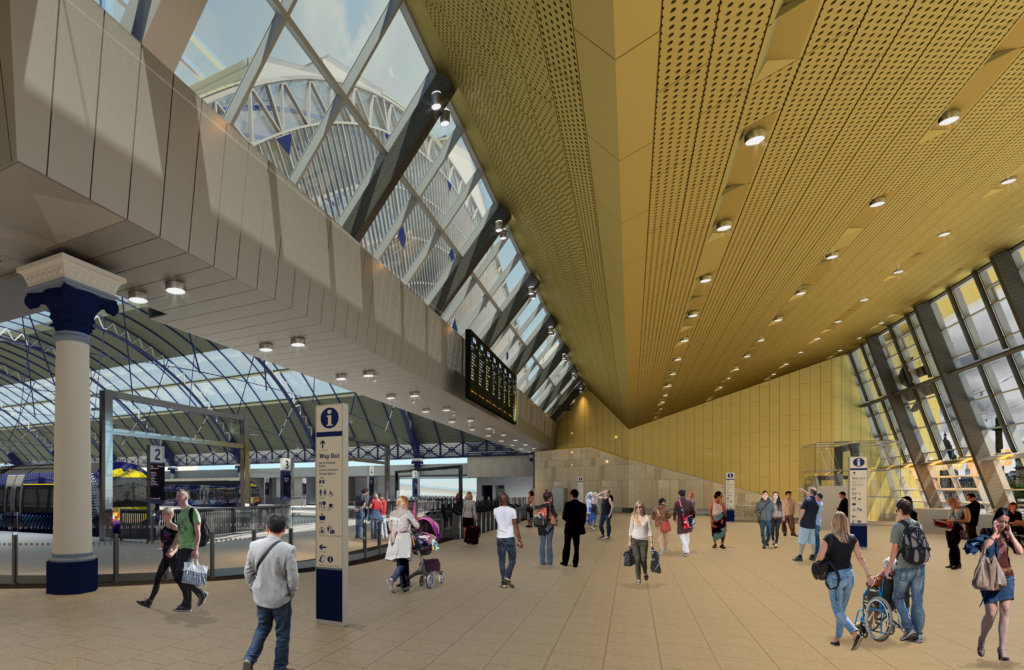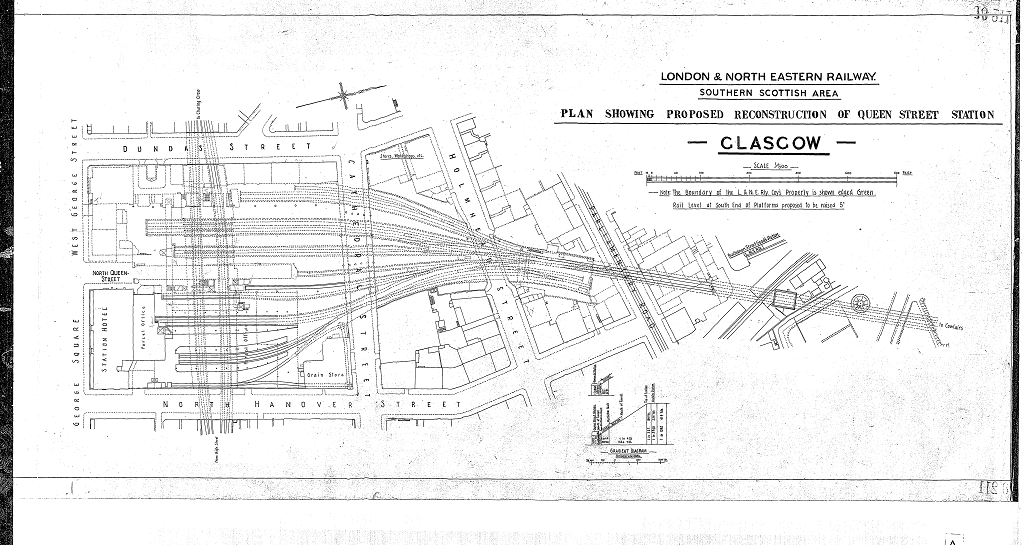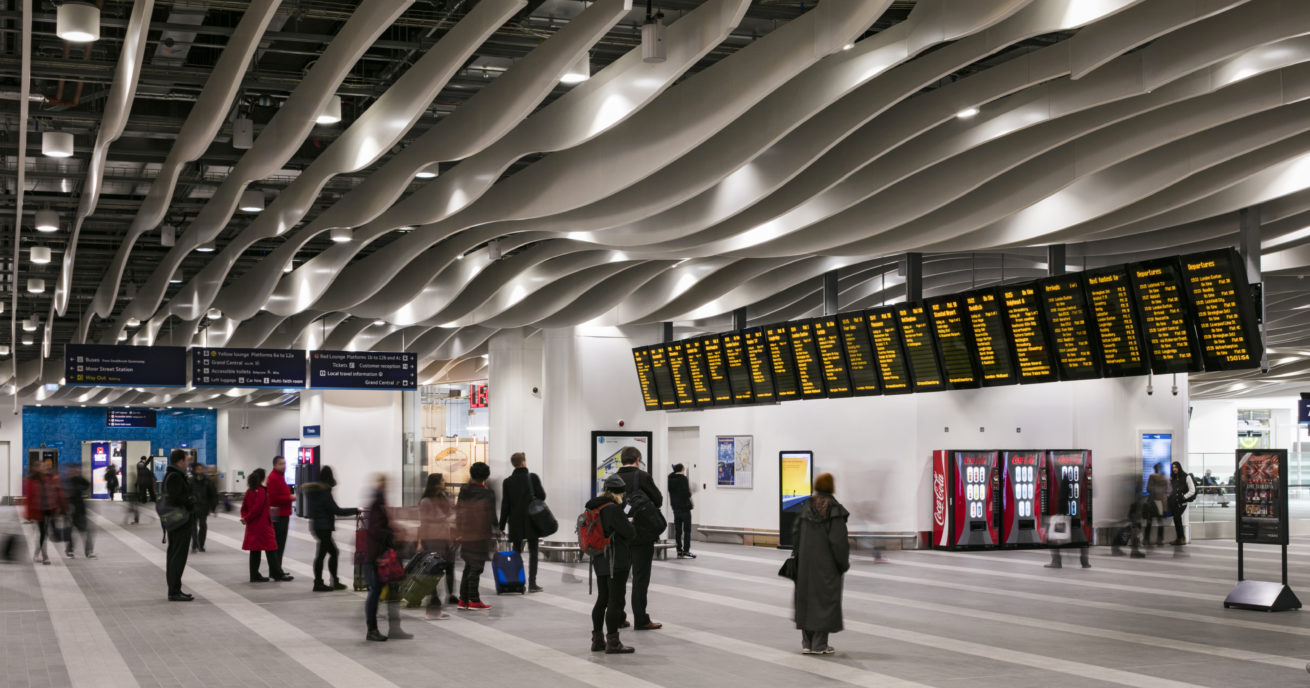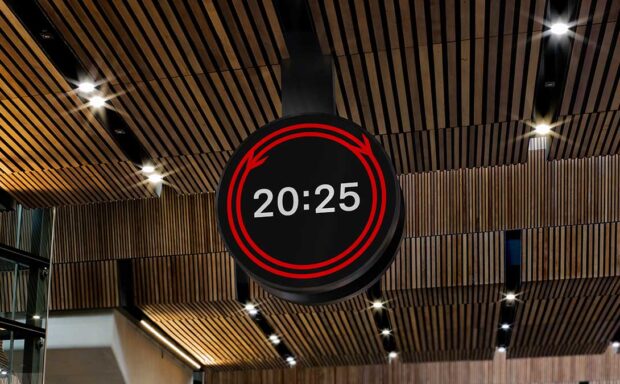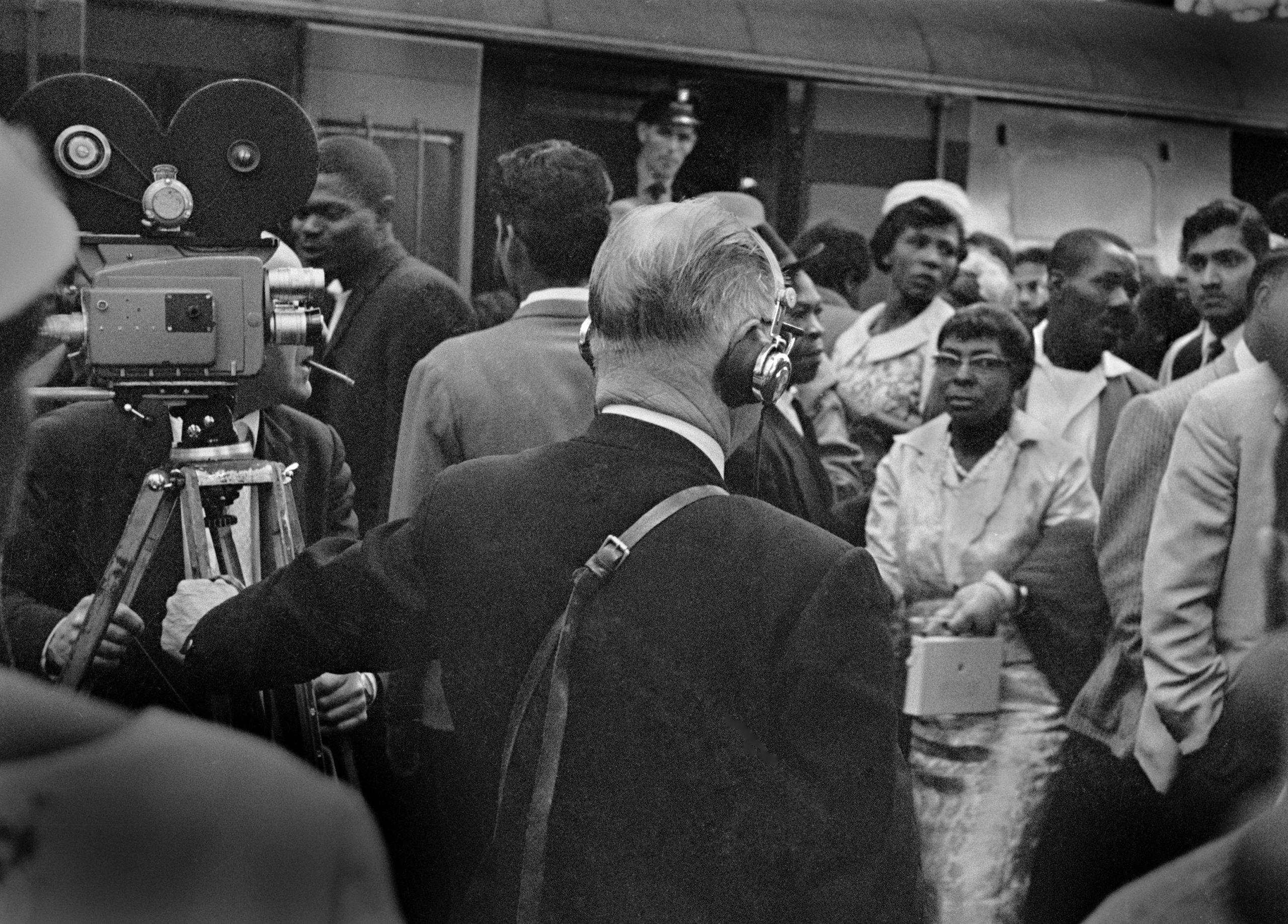The Network Rail archive is the custodian of a vast collection of historic documents and plans relating to today’s railway infrastructure. It represents the development of the most significant structures, engineers and innovation on the railway from the 19th century to the present.
Each month we will delve into the archive to shine a light on the development of our network through the ages.
February: Glasgow Queen Street
This week (published 21 February) Glasgow Queen Street celebrates its 177th birthday, during its first major redevelopment for almost 50 years.
This month, Glasgow Queen Street invited members of the community for a behind the scenes tour of its transformation. The tours twill take place next month.
A bigger, brighter station
Network Rail is busy behind the hoardings delivering a bigger, brighter terminus for passengers. The improvements include a larger concourse and longer platforms for longer trains.
It’s part of the broader the £742m Edinburgh Glasgow Improvement Programme (EGIP) – a comprehensive package of improvements to Scotland’s railway infrastructure.
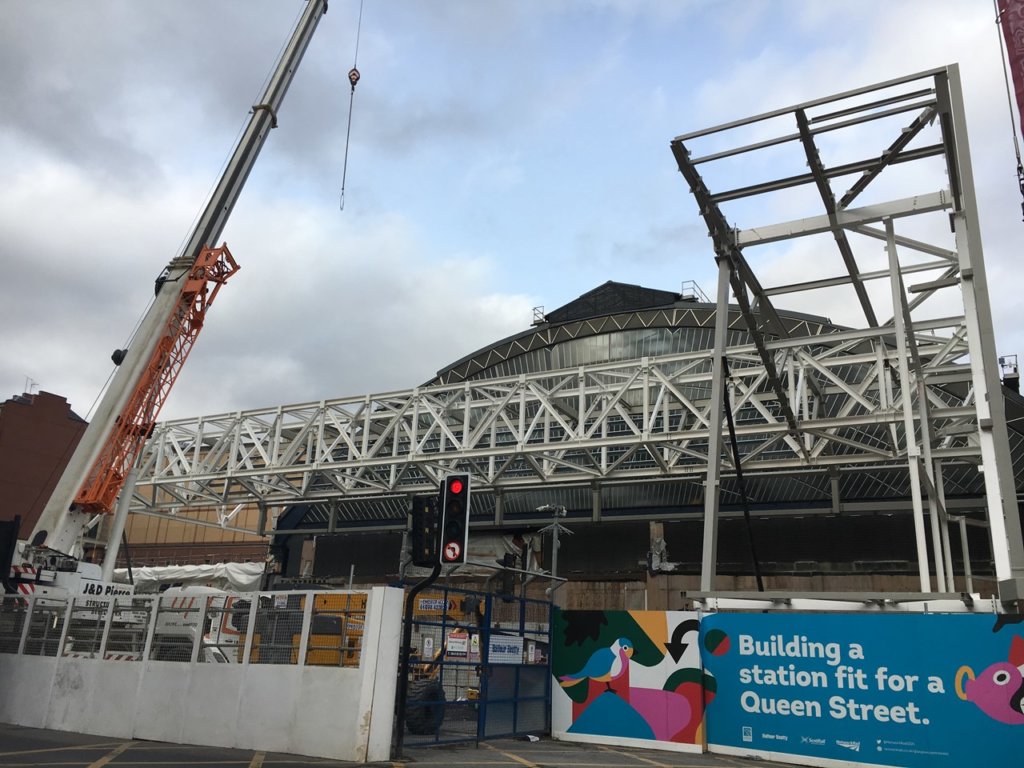
Network Rail is modernising and upgrading main junctions and infrastructure, and electrifying the Scottish railway, including the main line between Edinburgh and Glasgow.
It will be a far cry from the station that opened in 1842 while retaining its Victorian features, like its striking glass roof:
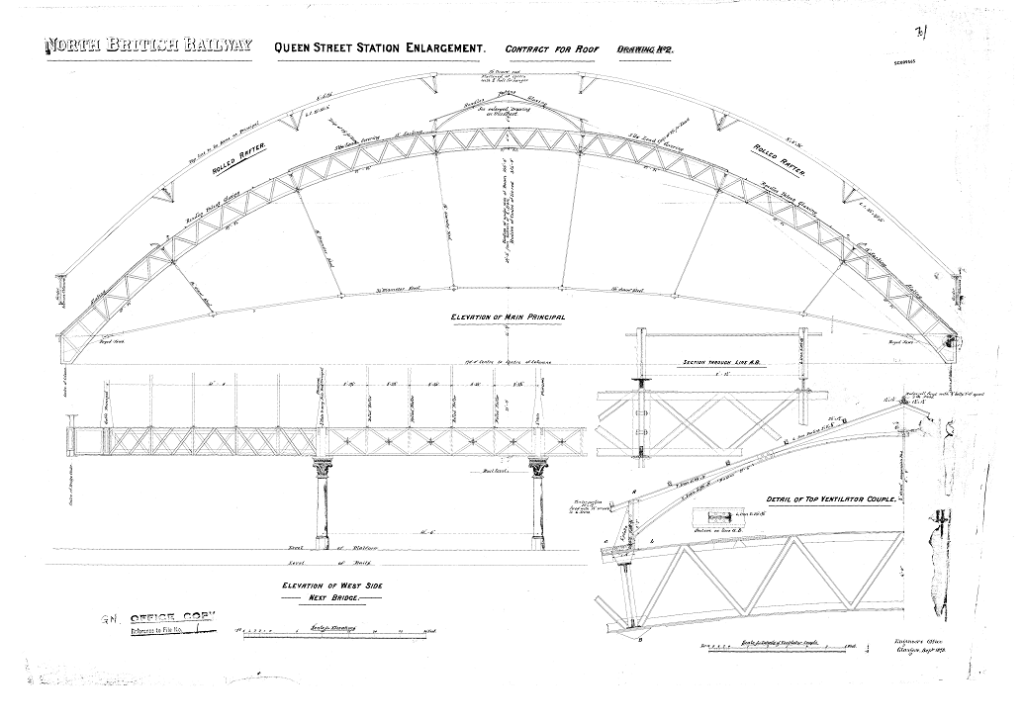
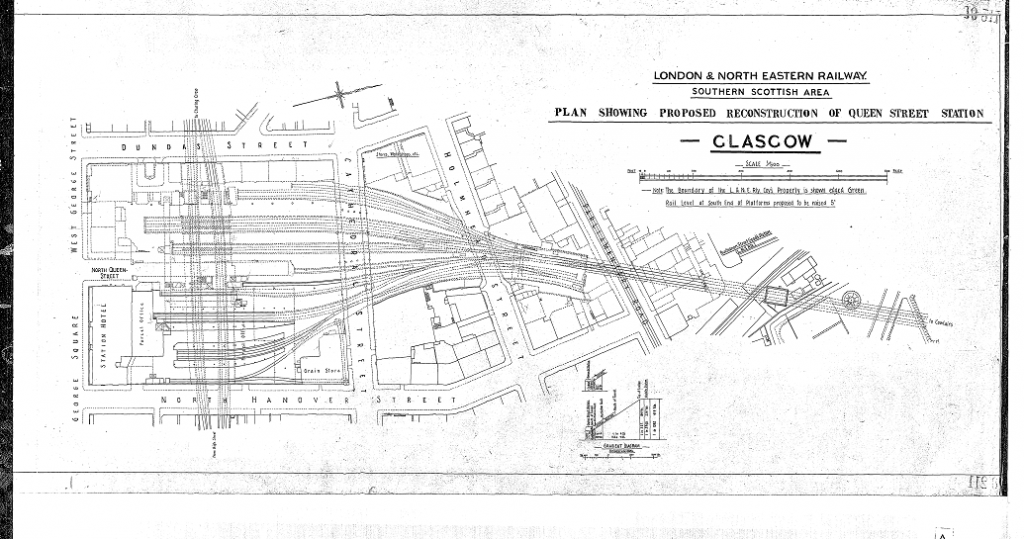
An 1930 article in Railway Magazine said Queen Street “had become the scene of vastly increased traffic, and, in the course of the years, any ‘pristine newness’ it presumably possessed in 1842 had worn off”.
It said that in 1877, “powers were obtained” for improvements, including an expansion of the station by opening some of the tunnel and widening the station to approximately the dimensions of the 1930s.
On completion next year, the new concourse will be much bigger, leading to less crowding for passengers.
The project reached a major milestone in October when we completed all necessary demolition work, including the removal of the eight-storey Consort House.
Since January last year, the demolition team had worked more than 26,000 hours to safely remove more than 14,000 tonnes of redundant material from the station site – the equivalent of 700 skips.
